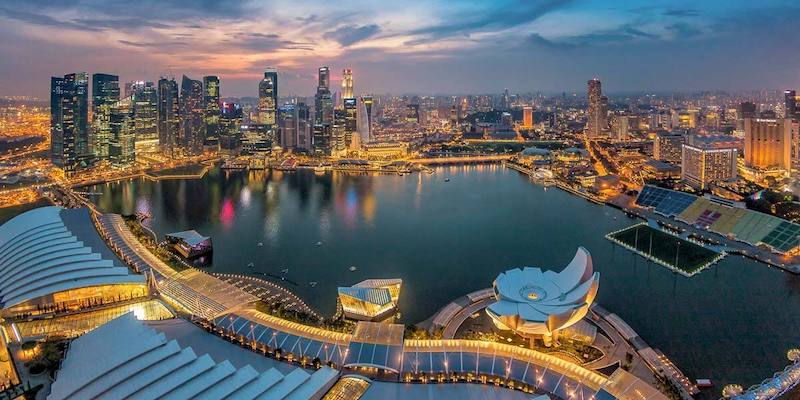In international urbanism there is a paradoxical phenomenon known as the "Brasilite syndrome" (brasilite or Brasília-itis). It is related to the history of planning the new capital of Brazil. The name of this city, by the way, was often mentioned in our media at the start of the construction of Nur-Sultan.
So, in contrast to the chaotic development of the vast majority of South American cities, architects Brasilia in the mid-20th century decided to create an absolutely geometric, almost primitive metropolis. Uniform houses, regular streets, large distances between buildings. The triumph of order over chaos! Even the apartments in most of the apartment buildings were absolutely identical, symbolizing equal opportunities for all citizens.
Green plants were also planted here in strict accordance with the plan - 25 square meters of "greenery" per person. According to modern urbanistic standards, it's not really a lot. For example, architects claim that one citizen should have 50-100 square meters of green space for a comfortable urban environment. It is believed that if the space of an industrial city consists of less than 20% of green spaces, it negatively affects the health of the population. For comparison, the usual standard of landscaping of a resort town is more than 60%.
Going back to Brasilia, when the city began to settle, people became uncomfortable in this "perfect" architectural world that broke the Brazilians' habitual way of life. They wanted more diversity, more communication, and "living" spaces where people could interact closely. The overly rational layout made the citizens feel uncomfortable. That's why all real city life broke out of the rigid urbanist framework and boomed in the sprawling suburbs.
The lesson of Brasilia for the world was that cities are living organisms and, like all life, need flexible and sometimes unpredictable scenarios. Creativity and identity fade away where development is limited to architectural rules. Conversely, they flourish where public spaces, social initiatives and even chance events are given more space for realization.


